What is Botox injection for frown lines?
Do you want to know what Botox injection for frown lines means? Generally, Botox injections involve injecting botulinum toxin, a type of toxin that can paralyze the muscles at the injection site, preventing these muscles from causing wrinkles due to movement. However, when it comes to Botox for frown lines, here’s what you should know:
Injecting botulinum toxin for the treatment of forehead wrinkles, specifically frown lines, is the most common cosmetic procedure done in Iran and one of the most popular methods among doctors who use aesthetic treatments in their practice.
In general, Botox injections are a method that can effectively eliminate frown lines, crow’s feet, and horizontal forehead lines with minimal side effects and high patient satisfaction.
Wrinkles occur due to skin atrophy and repeated contractions of the underlying facial muscles. Botulinum toxin is a potent neurotoxin that inhibits the release of acetylcholine at the neuromuscular junction. Injecting small amounts of botulinum toxin into specific overactive muscles will cause localized muscle relaxation, which smooths the skin over it and reduces wrinkles.
The effects of botulinum toxin take about two weeks to fully manifest, and their duration lasts from three to four months, depending on the type of Botox injected.
Note that dynamic frown lines, which appear during muscle contraction, react to Botox injections, unlike static wrinkles that are visible at rest.
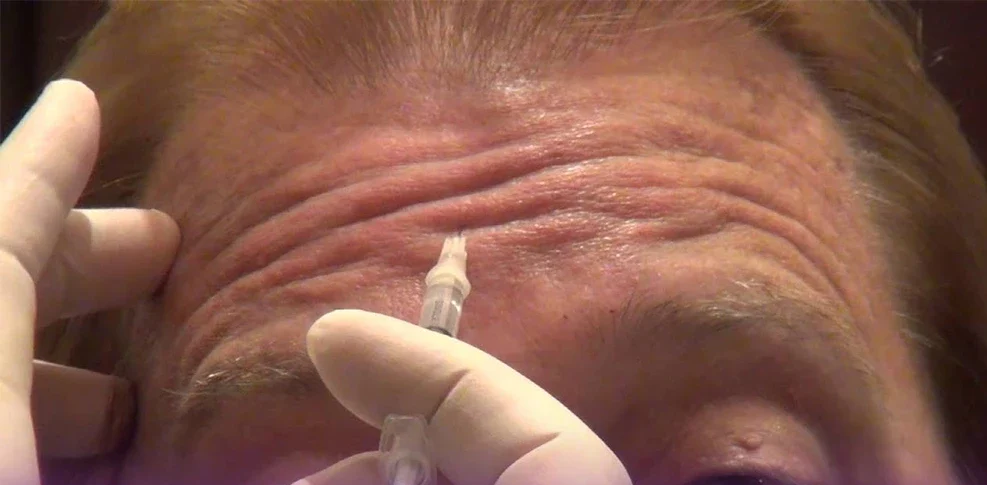
How Botox Injection for Frown Lines is Done
In order to properly inject Botox into the target areas, a series of steps must be followed.
Initially, you should find a reputable beauty clinic and consult with the doctor there, after which you will follow certain precautions leading up to the injection day.
On the day of the Botox injection for frown lines, the doctor will apply a numbing cream, then proceed to find the appropriate injection points.
The doctor uses a marker to mark the areas to be injected.
To better understand how Botox for frown lines is injected, you need to be familiar with the entry points of Botox into the skin. For example, the first injection point is above the wavy marking point. The wavy marking point is often visually mistaken for the muscle bunching at the top of the muscle during contraction. If you observe someone who is frowning intensely, you will often see a bunch of wrinkles above the wavy marking point. These bulges are deceptive, and only a specialist doctor can recognize them; therefore, injecting into these areas is a mistake.
Even with a low dose, in a high percentage of patients, when the goal is to raise the eyebrows, it is likely to cause the middle part of the eyebrows to drop. This may improve horizontal forehead lines, but that’s not our objective.
The doctor may ask the patient to move their forehead muscles. By moving the muscles downward by approximately 5 to 8 millimeters, the doctor identifies the Botox injection point for the frown line at the entry point of the wavy muscle. This muscle directly enters the dermis, and the doctor can see it on the patient’s untreated skin surface.
The mentioned muscle is an ideal place for delivering botulinum toxin to reduce frown lines and wrinkles. However, this needs to be done with precision, as the frontalis or eye muscles should not be affected.
After finding the appropriate points for Botox injection, the doctor proceeds with the injection and then removes the marker traces from your skin.
After the Botox procedure, you can return home, but you must follow all post-injection care and instructions provided by the doctor to achieve optimal results.
Injection Points for Botox for Frown Lines
There are specific points in the forehead area where Botox is injected to eliminate frown lines. The upper area of the face, above the eyebrows, and the glabellar region are the most common places for injecting botulinum toxin to reduce frown lines and wrinkles.
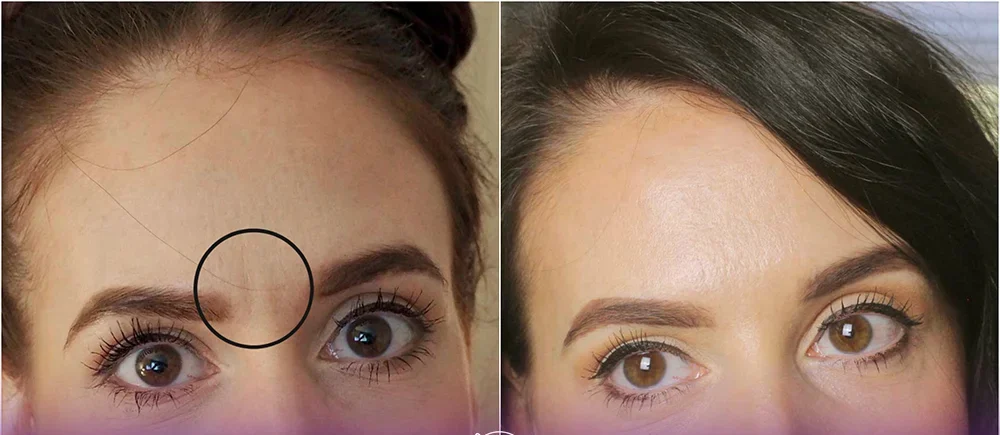
How much does Botox for frown lines cost?
When you inquire about Botox for frown lines from different beauty centers, you may not receive a similar or precise price. Why is that? Several factors affect the price of this procedure, so paying attention to these details is very important when considering Botox for frown lines. In general, the following factors influence the cost of Botox for frown lines:
-
Doctor’s fees
-
Botox brand for frown lines
-
Location and geographic area of the clinic
-
Amount of Botox dosage injected
-
Brand of the Botox manufacturer
-
Whether the Botox is domestic or foreign
-
Severity of the lines and wrinkles
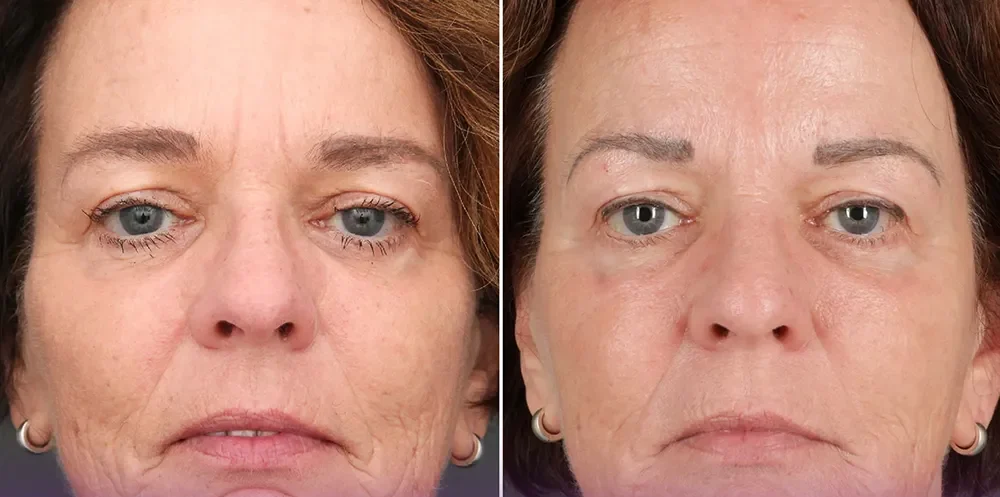
Side Effects of Botox for Frown Lines
Botox injection is generally safe, but it should be performed by a skilled and licensed healthcare professional or specialist. However, if not done correctly, this procedure can lead to unwanted results or even more severe damage. Potential side effects and unwanted results of Botox for frown lines include:
-
Pain at the injection site
-
Swelling at the injection site
-
Bruising at the injection site
-
Headache
-
Drooping eyelid
-
Uneven eyebrows
-
Tearing
-
Dry eyes
-
Infection at the injection site
-
Muscle weakness
-
Vision problems
-
Allergic reaction
Contraindications for Frown Line Botox Injection
If you’re planning to get Botox for frown lines or other facial fillers, it is essential to first determine if you are a suitable candidate for the procedure. The contraindications for Botox injection for frown lines are as follows:
-
Blood Thinners:
If you’re taking blood-thinning medications, such as warfarin, heparin, or over-the-counter options like aspirin, it can increase your risk of bleeding during the injection. Even everyday pain relievers like ibuprofen and naproxen can affect blood clotting. If you’re using any of these medications, Botox injections for frown lines are not recommended. -
Supplements Affecting Blood Clotting:
Supplements like fish oil, vitamin E, and certain herbal teas (such as green tea) also have blood-thinning properties. It’s advisable to avoid these supplements about a week before your treatment to reduce the risk of bruising. -
Antibiotics:
Some antibiotics, especially aminoglycosides (like gentamicin and tobramycin), can interfere with Botox. These antibiotics can affect how your muscles respond to the neurotoxin treatments and potentially lead to exaggerated effects. If you’re using these antibiotics, you should avoid Botox injections for frown lines. -
Muscle Relaxants:
If you are using muscle relaxants for medical reasons, these can interfere with Botox treatments. These medications might enhance the muscle-relaxing effects of Botox, which could be either a benefit or a risk, depending on the treated areas and desired results. -
Other Prescription Medications:
Certain prescription medications, such as those used for heart disease and Alzheimer’s (e.g., donepezil), may interfere with Botox. The interaction between these drugs and Botox can lead to unwanted side effects, so it’s essential to provide your doctor with a full list of your medications. -
Alcohol and Smoking:
Those who consume alcohol or smoke should avoid Botox injections. Alcohol, especially 24 hours before the treatment, can increase the risk of bruising. Smoking disrupts blood circulation and can affect the healing process and the longevity of treatment results.
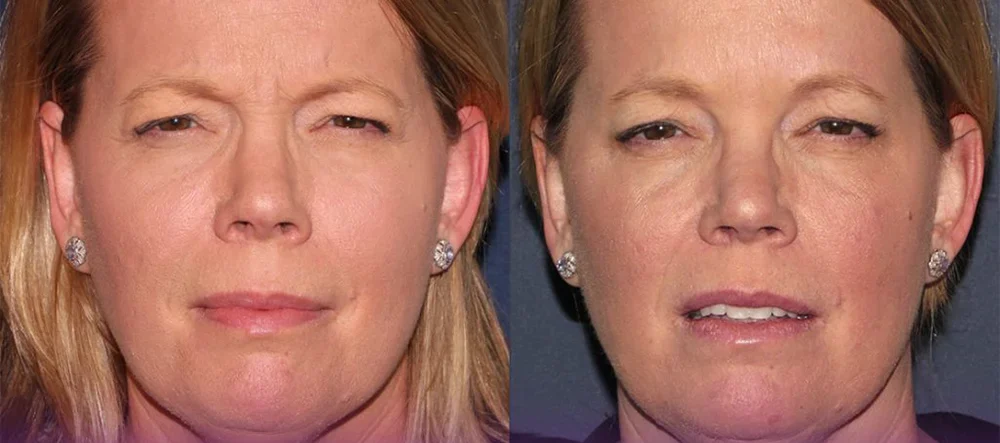
Post-Botox Care for Frown Lines
To achieve the best results from your Botox treatment for frown lines, it’s essential to follow proper post-treatment care. Here are the key points:
-
Makeup After Botox:
If you’re wondering whether you can wear makeup immediately after Botox for frown lines, the good news is that you can! However, it’s important to apply minimal pressure to your face. -
Follow Your Skincare Routine:
You can continue your usual skincare routine after Botox, but avoid applying pressure or touching your face excessively. Ideally, refrain from touching your face for 24 hours after the treatment. -
Face Washing:
Use lukewarm water and a gentle cleanser to wash your face for up to 72 hours post-treatment. Pat your skin dry gently. -
Dry Skin:
Your skin may feel drier than usual after the injection. In such cases, use a hyaluronic acid serum to restore moisture to your skin. -
Facial Treatments:
Since facials involve massaging and rubbing the face, it’s advisable to postpone professional facial treatments for at least 2 weeks after Botox. -
Avoid Alcohol and Painkillers:
Refrain from consuming alcohol or taking painkillers after Botox. Both can thin the blood, potentially worsening bruising caused by the Botox injections. -
Bruising:
While bruising is common after Botox, it’s essential to take steps to minimize any side effects. -
Avoid Physical Exercise:
Wait at least 24 hours after your Botox procedure before engaging in any physical exercise. Exercise can increase the risk of bruising, especially if your face accidentally bumps into something during a workout. -
Avoid Heat Exposure:
For 24 hours post-treatment, avoid sun exposure or being in high heat environments. -
Avoid Touching or Massaging the Treated Area:
It may be tempting to touch your face after Botox, but doing so can negatively impact your results. -
Avoid Tight Clothing:
After Botox for frown lines, avoid wearing anything tight on your forehead, such as hats or headbands, which could press on the treated area. -
Refrain from Lying Down for Four Hours:
It’s crucial not to lie down for four hours after Botox to prevent pressure on the treated areas and to allow the Botox to settle properly. -
Remain Upright:
For the first few hours after your procedure, remain upright and avoid activities that may cause your head to flip upside down, such as bending down to tie your shoes. -
Flying After Botox:
Good news! You can fly without worry after your Botox treatment. Changes in cabin pressure or altitude do not affect Botox. Just avoid lying down in your seat for the first four hours after the procedure.


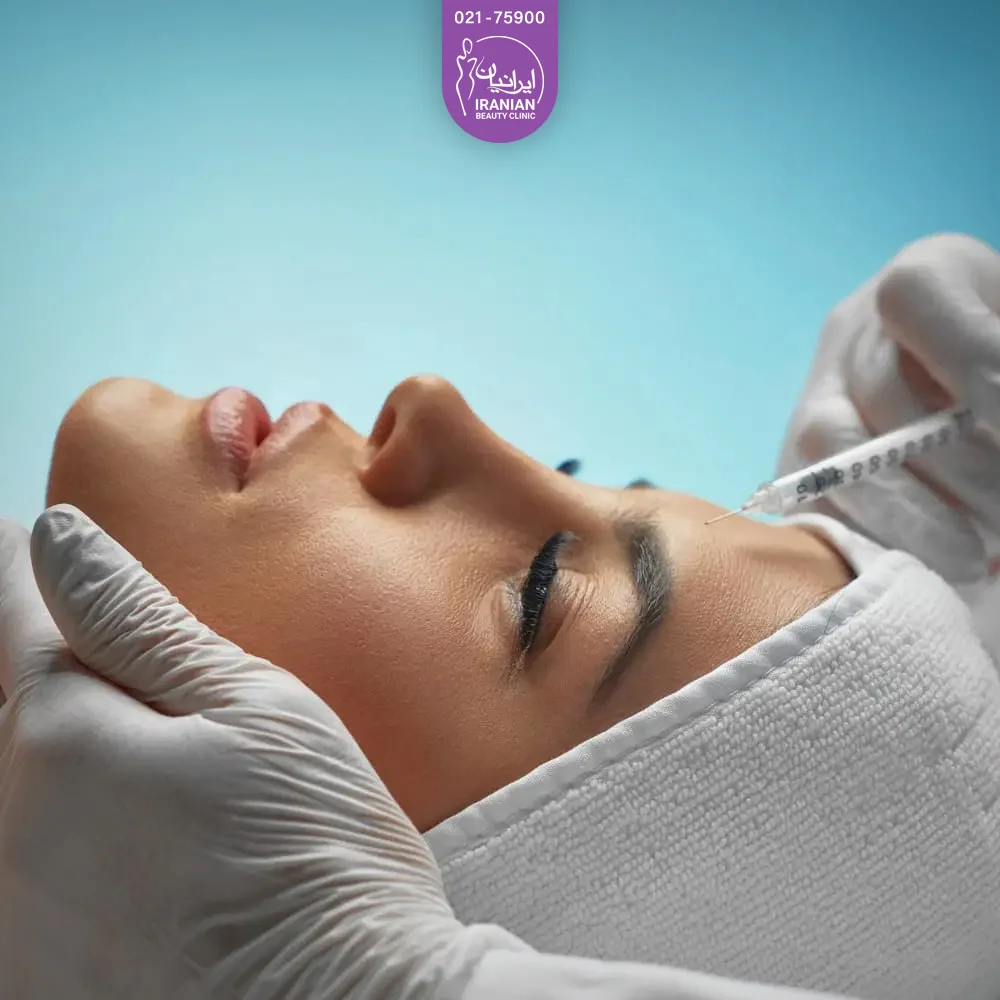






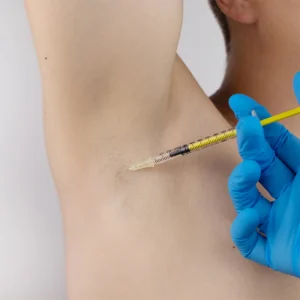
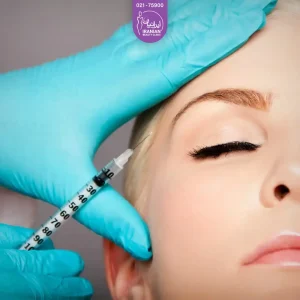
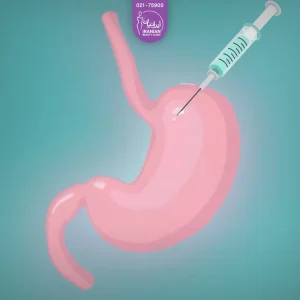
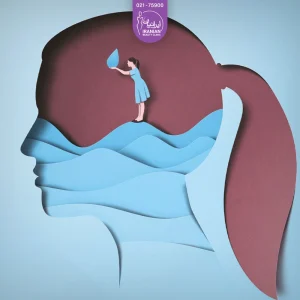

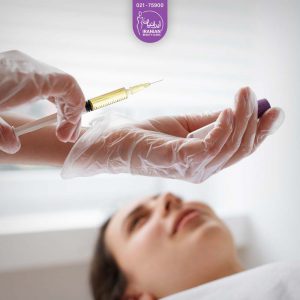
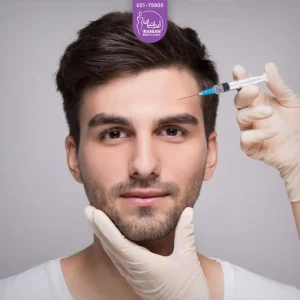
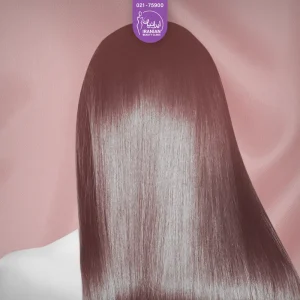
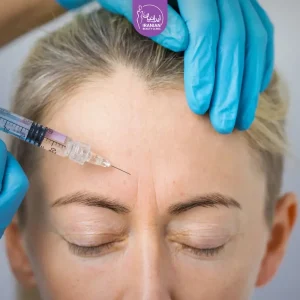
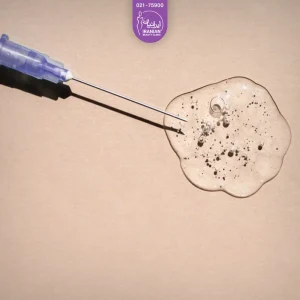
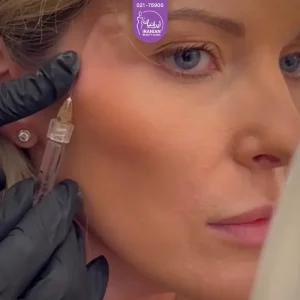
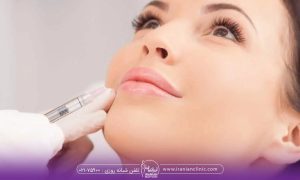
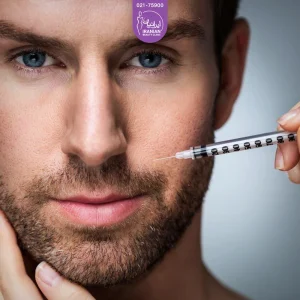
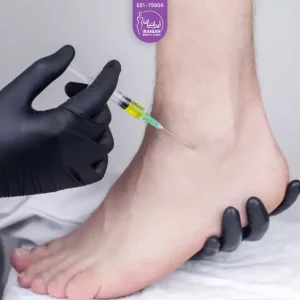
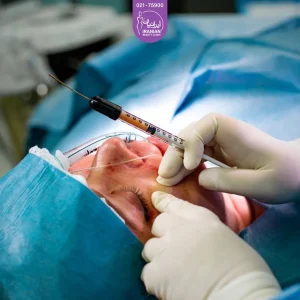


 Quanta Creative Agency
Quanta Creative Agency 